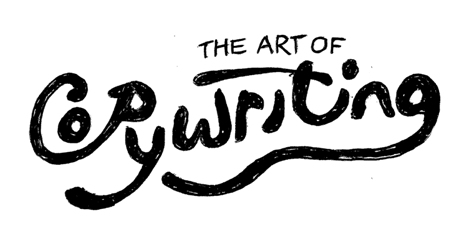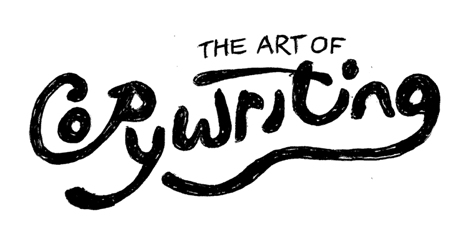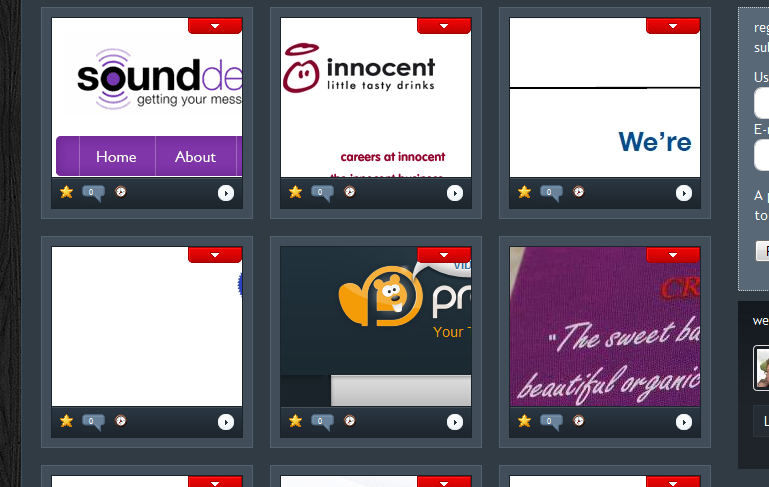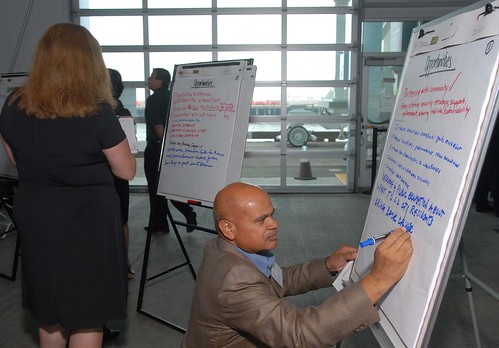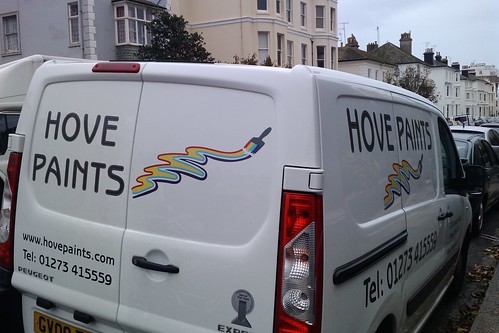Interested in becoming a copywriter? Here is my take on the skills required to make a living as a freelance copywriter. This is purely the result of my experience, and it’s worth remembering that other copywriters succeed by other means, and rely on skills that I don’t have.
Copywriting skills
Naturally! If you’re going to make a living by selling a skill, it should be one you’ve got. But don’t despair if you feel less-than-expert. As long as you’ve got an understanding of what you’re doing, a solid grasp of grammar, a degree of writing talent and a willingness to learn, you’ll go far. Besides, most copywriters only become great because they work past the stage where they’re not-so-great.
Versatility
You can specialise, and only seek copywriting jobs in your preferred industry/format, but you’ll still need to be able to shift gears and adjust to new subjects or clients. And being versatile enough to adapt to new challenges is hugely beneficial when you get started, and may be grateful for whatever opportunities arise.
Marketing nous
Your work is all about helping your clients with their marketing. But you won’t have many clients if you can’t do your own marketing. Unless of course you’re famous, or do something revolutionary that clients clamour for. But the reality of the copywriting world is that there are plenty of good copywriters out there, and when you get started you’ll need to raise your profile in order to succeed. My book Brilliant Freelancer includes an informative chapter on marketing (you can get a free chapter if you follow that link).
Personability
Copywriting projects vary wildly, and where one client wants you at arm’s length, others will value collaboration and want you in their office. You’ll need to be easy to work with, and good at fitting in with new people in new environments. Your clients may want to meet you before you start work, so you’ll need to be friendly, cooperative and able to demonstrate that you know what you’re doing.
A thick skin
The copy you write for clients is not poetry or art; it’s a business tool, and it’s a tool that your clients will consider carefully before putting to work. So your clients will doubt, question and clarify anything they don’t like. And after you’ve obsessed over every word, a client’s questions or deletions can be hard to stomach. But you’ll soon learn to distance yourself from your copy, to view it objectively and consider its strengths and weaknesses, and to debate them without prejudice.
Web smarts
If you’re writing for the web, you need to ‘get’ the web. Watch what web designers and developers are talking about, because their discoveries and breakthrough build the web you write for.
What you don’t need to be a freelance copywriter…
You don’t need to pay for a copywriting course. You can learn it all from books that cost a fraction of training fees. Or why not do a few voluntary copywriting projects? Or attend a workshop if a copywriter gives one, but don’t focus on formal education. Learn by doing.

